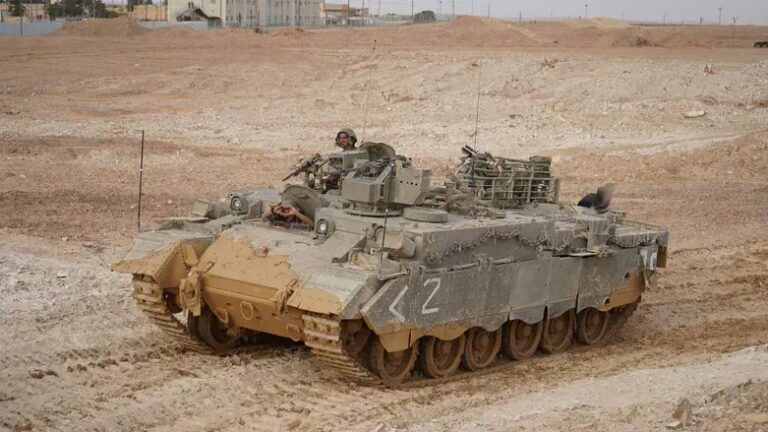 From Cape Canaveral, a 66-foot wingspan, remotely piloted U.S. Customs and Border Protection aircraft takes off in search of drug traffickers, illegal immigrants and terrorists from heights of up to 50,000 feet.
From Cape Canaveral, a 66-foot wingspan, remotely piloted U.S. Customs and Border Protection aircraft takes off in search of drug traffickers, illegal immigrants and terrorists from heights of up to 50,000 feet.
On Lake Okeechobee, researchers hurl a custom-built, 9-foot wingspan plane from an airboat to launch an automated, low-altitude flight to monitor invasive plants.
From large to small, the number of such unmanned aircraft systems — popularly called “drones” — is expected to surge as the federal government works to open civilian airspace to them by 2015. Florida officials hope to position the state as a hub for this fast-growing industry by becoming a test site.
“The skies over Florida will look dramatically different in the years to come,” Space Florida President Frank DiBello told a gathering of aerospace professionals this month.
The agency’s board recently approved spending up to $1.4 million to try to win designation as one of six test ranges across the country that Congress has directed the Federal Aviation Administration to name by the end of the year.
The test sites hope to show that unmanned systems of all shapes and sizes — from wingspans of inches to more than 240 feet — can fly safely alongside piloted aircraft in different terrain and weather conditions.
As drones proliferate, privacy advocates fear unchecked spying by thousands of airborne vehicles.
But supporters argue that once safe protocols are in place, unmanned systems could help analyze brush fires and hurricanes, scout dangerous crime scenes and monitor crops and wildlife — even someday run personal errands.
The FAA forecasts roughly 10,000 commercially operated unmanned aircraft could be active within five years.










